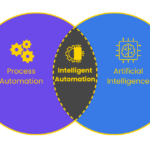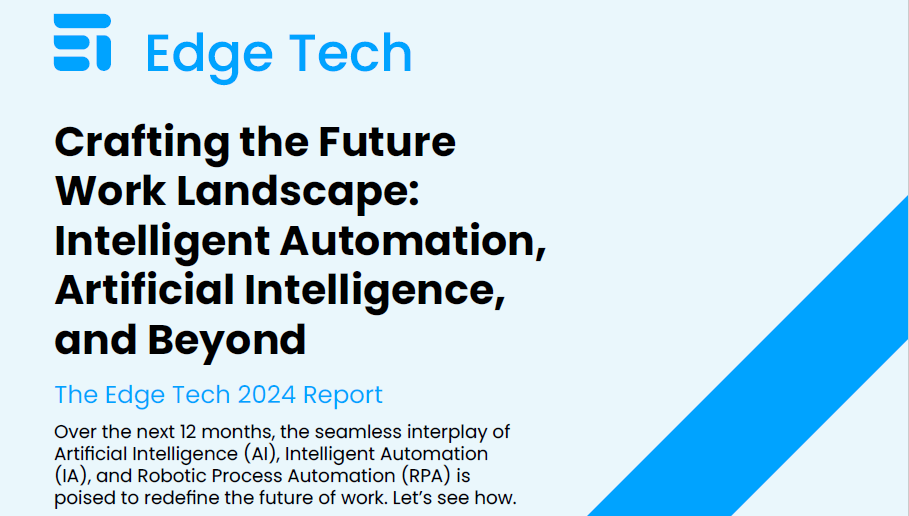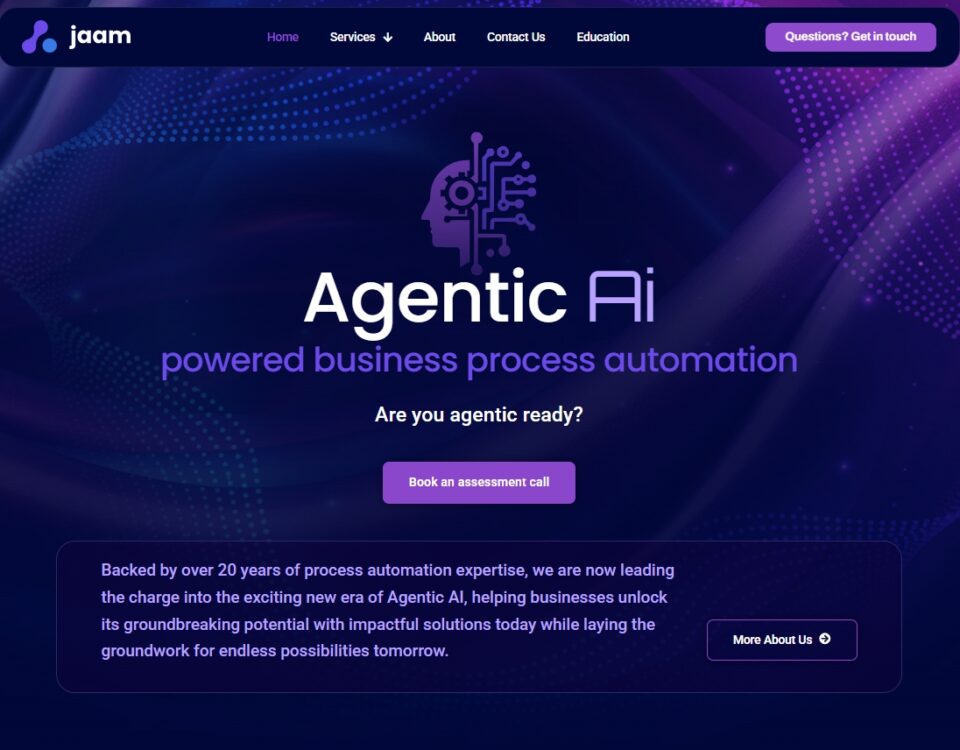The ever changing Artificial Intelligence (AI) and automation landscape throws out new trends and business processes on an ongoing basis, which can sometimes make it challenging to keep up with emerging technologies and their application in a business context.
Thankfully, each year our friends at Edge Tech, a renowned AI and automation recruitment specialist, create a Market Report that combines evolving trends, expert opinion and the current recruitment environment in the AI and automation space.
The 2024 Intelligent Automation and AI Market Report:
- Sheds light on trends and drivers in the automation world
- Debunks the hype surrounding the technologies
- Details emerging technologies and innovations
- Offers salary benchmarks for a range of key automation roles
- Explains emerging and redundant roles in the space
- Provides talent acquisition strategies
- Outlines the future work horizon in automation and AI
In this blog, we will summarise some key findings from the report and pull out expert insights from the team at jaam automation.
Current trends and drivers in AI and Automation
With the pandemic driving a need for digital transformation at scale, organisation across all sectors sought ways to automate repetitive processes. This need created a far better understanding of intelligent automation and the power of AI, spearheading investment in readily available intuitive automation and AI tools to create business efficiencies and free up human time.
Specifically, technologies such as Robotic Process Automation (RPA), Machine Learning (ML), AI and process mining are all projected to increase market size dramatically as organisations use the tools individually and together to streamline operations and remain competitive.
Several key factors have been identified as the drivers behind the rapid growth in adoption of intelligent automation and AI solutions. The first is the ever-increasing thirst for data, with exponential increases in data volume and computing power enabling more advanced applications. Another drive is organisational demand; businesses are seeking technologies that will help them consistently deliver improved customer experience, operational efficiency and data-driven decision making.
Another driver is consistent technological progress in areas such as Natural Language Processing and cloud AI adoption. Continued growth in conversational interfaces and easily accessible AI tools make it more straightforward for companies to take advantage of what is available to them to increase efficiency.
Finally, regulation and policy changes in sectors like banking and healthcare also encourage automation progress. All of these drivers come together to made the adoption of intelligent automation and AI more feasible and strategically urgent, as organisations strive to harness the benefits and remain competitive.
Insights from the team at jaam automation
The automation experts at jaam were asked for their opinions on a range of topics within the report – here’s what they had to say on:
The potential for technological convergence

“In the past year, the widespread availability of AI technologies has set the stage for a powerful convergence of technologies, including intelligent automation, RPA and more. This convergence has the potential to profoundly influence the way business function. Harnessing AI to seamlessly integrate big data management, analysis and comprehension into automated workflows promises a realm of increased efficiency, predictive insights and personalised experiences.
This transformation is poised to reshape company operations and elevate customer relationships. As for the most promising technology with the potential to reshape the future, Generative AI is capturing attention. Its remarkable capabilities include generating creative content, aiding developers in writing code and enhancing productivity. Generative AI holds the promise of transforming the way we work and innovate.” – Graham Penman, CTO, jaam
Addressing misconceptions and unrealistic expectations
“The misconception within companies that I come up against the most is that automation is a silver bullet for efficiency. If the processes you want to automate are inefficient and not well organised, it’s an extremely unrealistic expectation that throwing technology at it will magically sort everything out. However, identifying that a process isn’t working properly is a significant step towards becoming more efficient, and understanding what is needed to make that process as efficient as possible is the cornerstone of implementing a successful process automation project. A little early work in nailing down requirements goes a very long way.

Understanding and improving business processes no longer requires a troop of management consultants. With the use of modern task and process analysis AI technologies, deep insights into your business processes can be obtained easily to help identify where your inefficiencies and opportunities for improvement lie. That then clears the way for you to use intelligent automation technologies to deliver those improvements based on real insights.” – Anton du Toit, Head of Customer Success, jaam
Envisioning the future of work in the AI, intelligent automation and RPA industry

“Generative AI has put artificial intelligence front and centre in the public arena like nothing before, sparking debates in business and political circles on the future of AI. One thing is for sure, mainstream AI has arrived; Microsoft has embedded it at the very heart of the plans for the Office products we all use on a day-to-day basis with Co-Pilot and there are hundreds of generative AI tools available to everyone.
The question, therefore, is no longer ‘will my business use AI’ but rather ‘what is the guidance for generally available AI tools’ and ‘where do we invest in AI for core business advantage’. In the intelligent automation industry in particular, solution providers are already providing generative AI tools to help automation teams build the first iteration of data models, data capture forms and business processes. We need to take advantage of these whilst ensuring that business requirements are articulated well for the generation cycles and that we are not lazy and we “validate the output”!
The race to use Ai is on; how it will unfold will be fascinating, our role for now in IT is to embrace but provide guide rails and validation.” – Andrew Murphy, Head of Strategy, jaam
Get the report
The full report is well worth a read if you are interested in what 2024 may bring to the automation landscape, both from a technological and recruitment perspective. It’s packed with data, insights, opinion and research that will inform your digital strategy and hiring decisions over the coming year.
For the full lowdown, get the report here.
If you are looking to fill roles in RPA, ML, IA and AI, please contact Edge Tech for help with both permanent and contract hiring.
And if you are looking to find out more about which automation and AI technologies might benefit your organisation, or which of your existing processes are ripe for automation, the team at jaam will be happy to chat, just get in touch.






